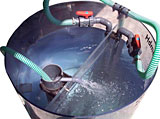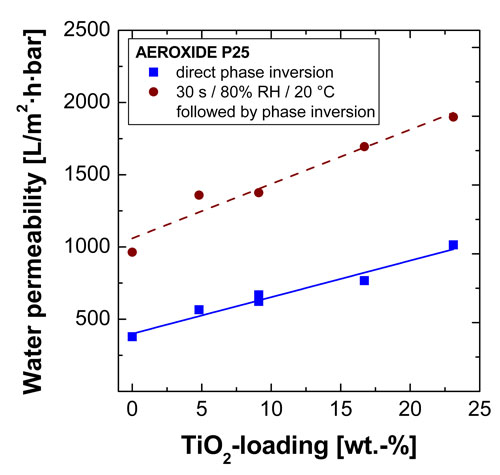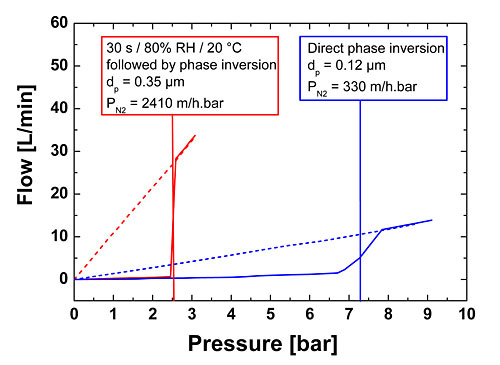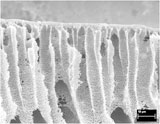Mixed-matrix membranes for wastewater treatment in a membrane bioreactor

Wastewater treatment is a very topical subject of developments in the field of water purification technology. In conventional municipal wastewater treatment plants, the processes of collection, treatment and disposal are usually carried out and these are associated with high energy consumption and high investment costs. In sparsely populated areas, decentralized wastewater treatment can be advantageous. However, the use in agriculture of the faecal sludge produced after the first mechanical pretreatment is prohibited. Cost-intensive disposal, sludge transport and post-treatment in a conventional wastewater treatment plant can be avoided in a wastewater plant with integrated membrane bioreactor by integrating a membrane process (Fig. 1). In such a system, aerobically stabilized sludge is produced, which can be dried, sanitized on site and then used in agriculture. The main advantages of such a membrane bioreactor system are low costs, ease of operation, sustainability and low maintenance.
 Fraunhofer Institute for Interfacial Engineering and Biotechnology IGB
Fraunhofer Institute for Interfacial Engineering and Biotechnology IGB

